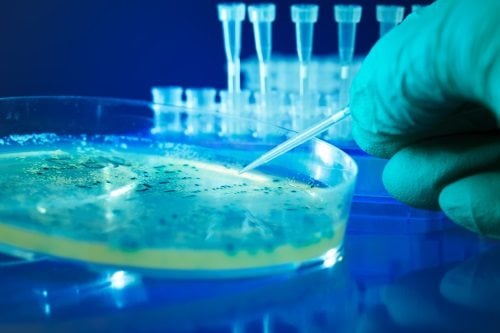Researchers from the National Food Institute have developed new methods, which make it possible to obtain more data from a food sample with lower costs, less effort and faster.
The researchers developed the methods as part of the Asterix project under the Government initiative Fødevareforlig 3, which aims to improve chemical food safety.
Analysis without using standards
One method is useful when scanning for harmful substances that belong to the group of pyrrolizidine alkaloids.
Commercial standards are only available for 50 of the more than 600 known compounds that belong to this group.
A standard is the pure chemical at a known concentration, against which analytical results are compared in order to identify their presence and to estimate in what amounts they are present.
Using the new methods, researchers from the National Food Institute have been able to identify 18 different pyrrolizidine alkaloids in honey samples—including 12 for which standards do not exist.
The authorities already use the method to check whether honey contains these harmful substances, which can in the long run cause liver damage.
Scanning for unknown substances
In order to investigate whether chemical substances in food packaging materials migrate to the food, researchers have traditionally looked for known groups of specific substances with the help of commercial standards.
In the Asterix project, the institute has developed a method that instead scans more broadly for a range of substances and then determines whether any of them are particularly problematic.
The identified substances of particular concern will then need to be analyzed in more detail.
Identification of several groups of substances in one sample
In the Asterix project, researchers have taken the first, major steps towards being able to look for several groups of substances at the same time in samples of plant material.
Such a multimethod would be a great advantage when identifying the presence of e.g. pesticides, mycotoxins and other contaminants in one sample, rather than looking for each group of substances in separate samples as is currently the case.
The method needs to be further developed before it can be used for research and control.










